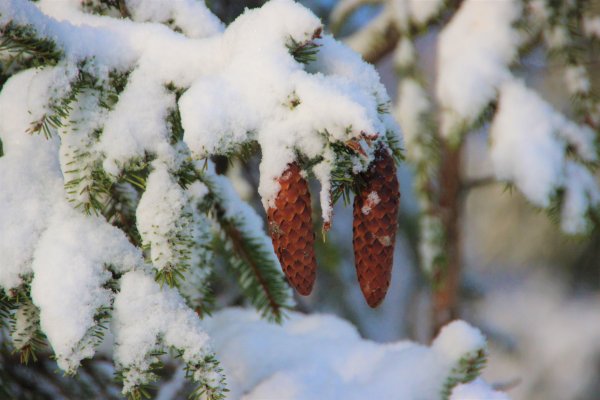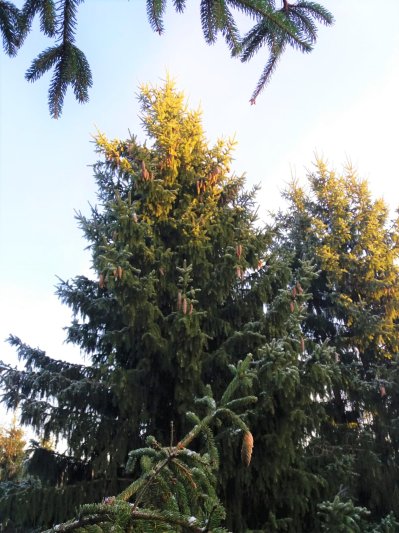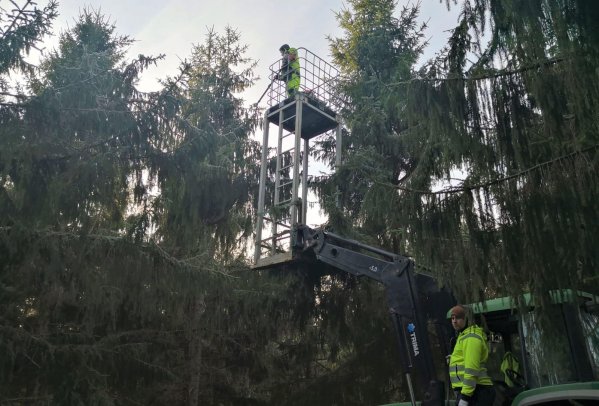This Year's Cone Harvest will Provide Seed Reserves for the Future
As Christmas and the turn of the year draw nearer, we are increasingly thinking about decorating our homes with a Christmas tree. But do we ever think about the fact that our Christmas tree was once a small seed? The employees of JSC “Latvia’s State Forests” (LVM) continue to actively harvest cones of fir trees in specially arranged seed plantations in order to grow seeds for future years.
“Spruce is quite demanding in terms of environmental conditions to produce seeds. Of course, it is arranged in nature so that individual trees produce seed yields almost every year, but large-scale harvests are not often experienced. The most important time that determines how successful the harvest will be is the beginning of summer, when new shoots and bud shoots are formed for the next year - in wet and cold spring only vegetative buds are formed, but flower shoots are formed only when spring is dry and hot. This causes stress to the tree, but stress promotes reproduction and conservation of the species. It was like that in the spring of 2018, when the spruce buds blossomed. And this year it happened - fir-trees bloomed richly! Now the seeds in the cones are ripe and the harvest time has begun,” says Guntis Grandāns, Director of “LVM Sēklas un stādi” (LVM Seeds and Plants).
Seeds are harvested in specially established grafted spruce plantations - seed plantations where each tree is a vegetative clone of some high-quality tree. Such seed plantations in Latvia are planted in an area of more than 200 hectares at various times - there are plantations older than 40 years that have yielded more than once (Katvari, Suntaži, Liepa, Remte), but there are also more recent plantations were cones were planted for the first time this year (“Vecumi” near Žīguri, “Liuza” near Rēzekne, “Šarlote” at the border of Lithuania in Šēdere Rural Territory.
The job is not easy - a specially trained employee climbs up a tree and cuts off the part of the spruce top that has cones. The cones are then plucked from the branches, carefully sorted, bagged and transported from the plantations to the cone drying facilities in Kalsnava and Renda.
What happens next? Branches and any damaged cones are burned to prevent the spread of pests and diseases. The trees the tops of which were cut will have several new tops in the coming years, which will help mature the next seed harvest in the future. The cones open up in the heat of the cone drying facility, then they are rotated in special seed separation drums, and then they give seeds. One cone usually contains 200-250 seeds, but especially large cones longer than 20 centimetres can contain up to 500 seeds. True, they are not very large - the weight of 1000 seeds ranges from 6-7 grams.
“We can only imagine how many cones need to be collected to get about 450 kg of seed that are necessary to grow seedlings every year. However, especially in high-yielding years like this, one has to make a reserve for other years when cones cannot be harvested. The challenge this winter is to harvest enough cones to replenish the seed supply for at least the next three to four years,” says Guntis Grandāns.
Seeds obtained from seed plantations have a high genetic potential - the future forest grown from them will be 18-20% more productive than if the seeds had been harvested from felled trees.





